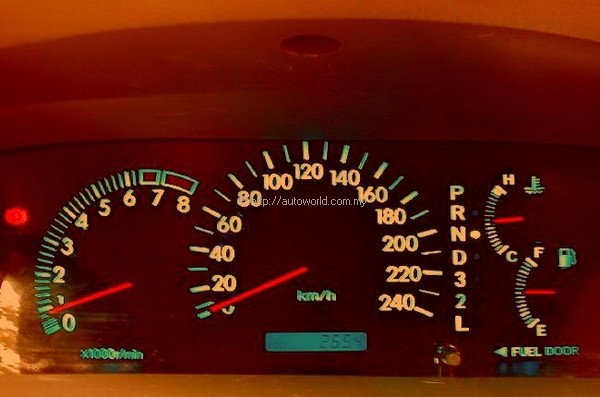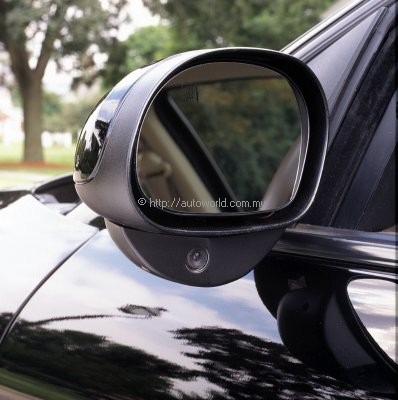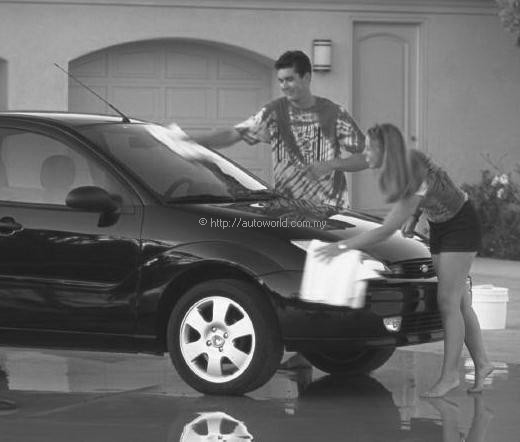See Better When You Drive
You may have very good eyesight but some drivers don’t realize that they are making their eyes work harder than necessary. Ford Motor Company and the American Optometric Association (AOA) recommend a few simple adjustments to the features in your vehicle to help prevent eyestrain and increase visibility for those behind the wheel.
“Our senses begin the deterioration process much earlier than we think they do,” says Jeff Pike, a Senior Technical Specialist at Ford who does research on ergonomic issues and how aging affects our senses — and therefore our driving ability. “So we’ve made features in our vehicles more accessible to everyone, such as larger numbers on the instrument panel. While older drivers may appreciate the large print, younger drivers also find the features easier to use, even though they may not be able to explain exactly why.”
To reduce or prevent eyestrain, Pike recommends a simple change in the intensity of the instrument panel light. While some drivers may turn the interior light all the way to bright, they may be unintentionally increasing the amount of unnecessary glare. By turning the light down to a more appropriate level, drivers save their eyes from potential strain.
Pike also recommends using the door mirrors to their optimal benefit. He says that some drivers adjust their mirrors so that they can see the side of the vehicle in the mirror. By keeping the mirror at that angle, the driver loses valuable extended visibility. Recommendation: turn out both side mirrors until the vehicle can be seen just barely in the mirror.
The American Optometric Association adds that age-related changes may be experienced any time after 50 — sometimes even before — and continue throughout life. Greater sensitivity to glare and bright sunlight, increased difficulty when changing focus from near to far objects (or vice-versa), a diminishing ability to see to the side while looking ahead (peripheral vision), and a decrease in the sharpness of your vision under certain lighting conditions are all characteristic changes that occur with age.
“All drivers should have regular, comprehensive eye exams to ensure optimal vision for driving and to maintain good eye and vision health,” said J. Pat Cummings, O.D., AOA president. “A proper eye test administered by a professional is no substitute for a regular, comprehensive eye examination.”
Here are some other tips:
Adjust your seat so that you can see comfortably over the wheel.
Check your windscreen washer fluid frequently to insure adequate supply.
Periodically test your wiper blades and replace if they are split, leave streaks or skip.
Keep headlights clean. Road dirt stuck on them can reduce visibility.
Make sure your own glasses, if you wear them, are clean.
Consider the tinting of your windshield when you chose your glasses as tinted glassed plus a tinted windscreen will have an effect on visibility.
Glance frequently from the road ahead to your rearview mirror, side mirror, and instrument panel when driving.
Choose eyeglass or sunglass frames with narrow side (temple) pieces. Wide temple pieces may block or distract your vision.
Keep mirrors, headlights, and taillights clean and in good repair. Remember to wash both the inside and outside of windscreens and windows regularly.
Avoid driving at night or in bad weather if you have difficulty seeing in low-light situations.



























